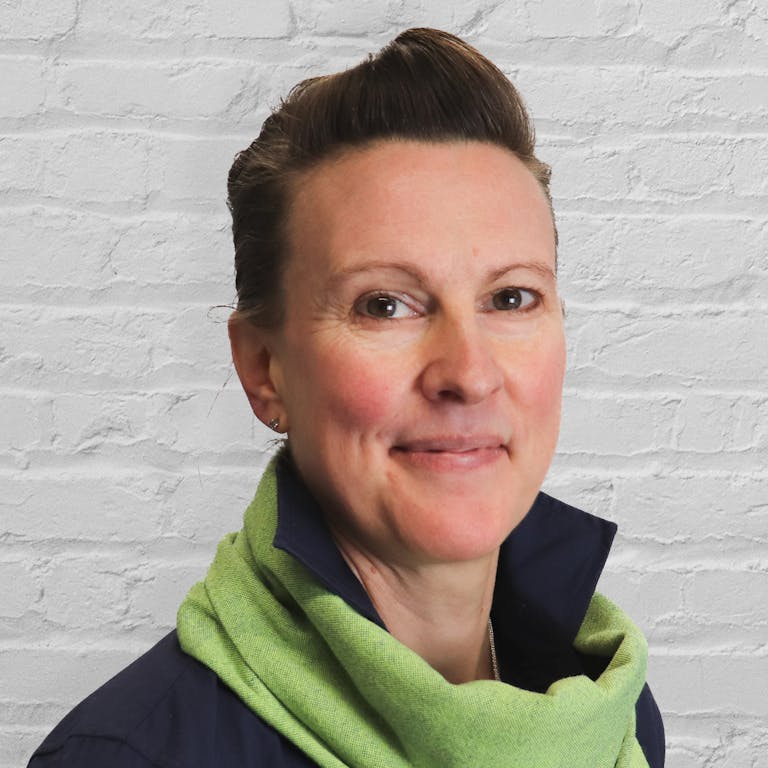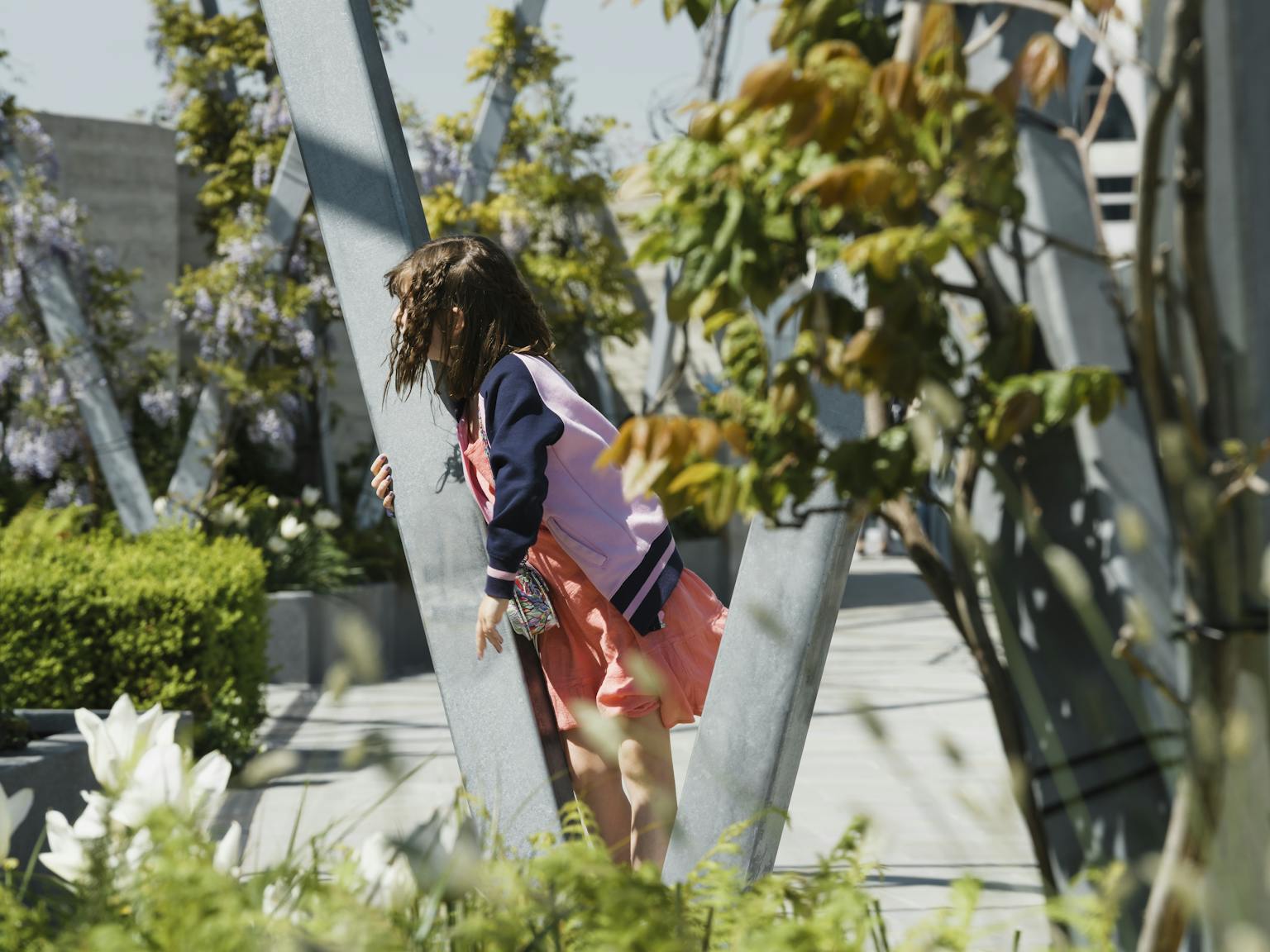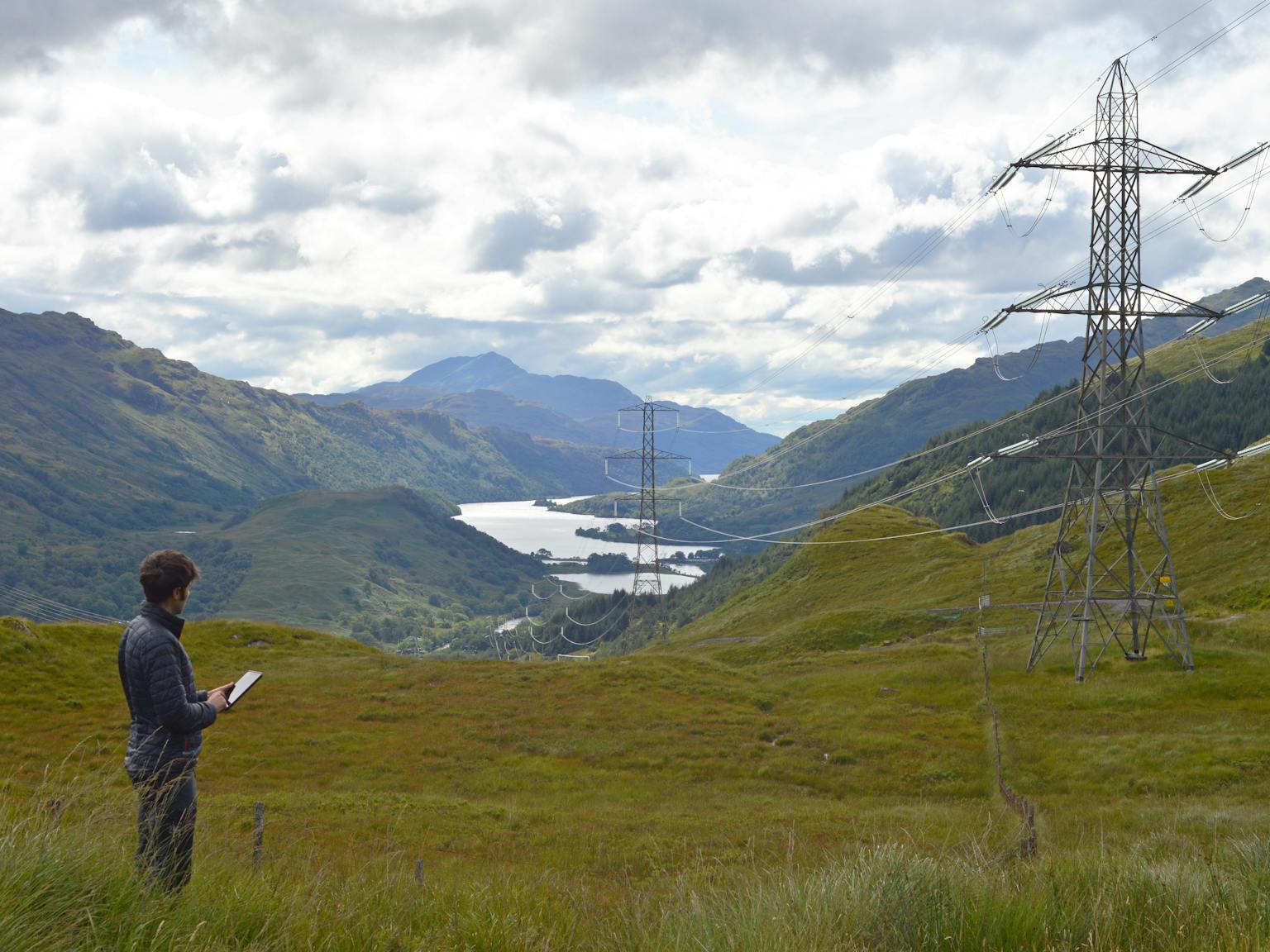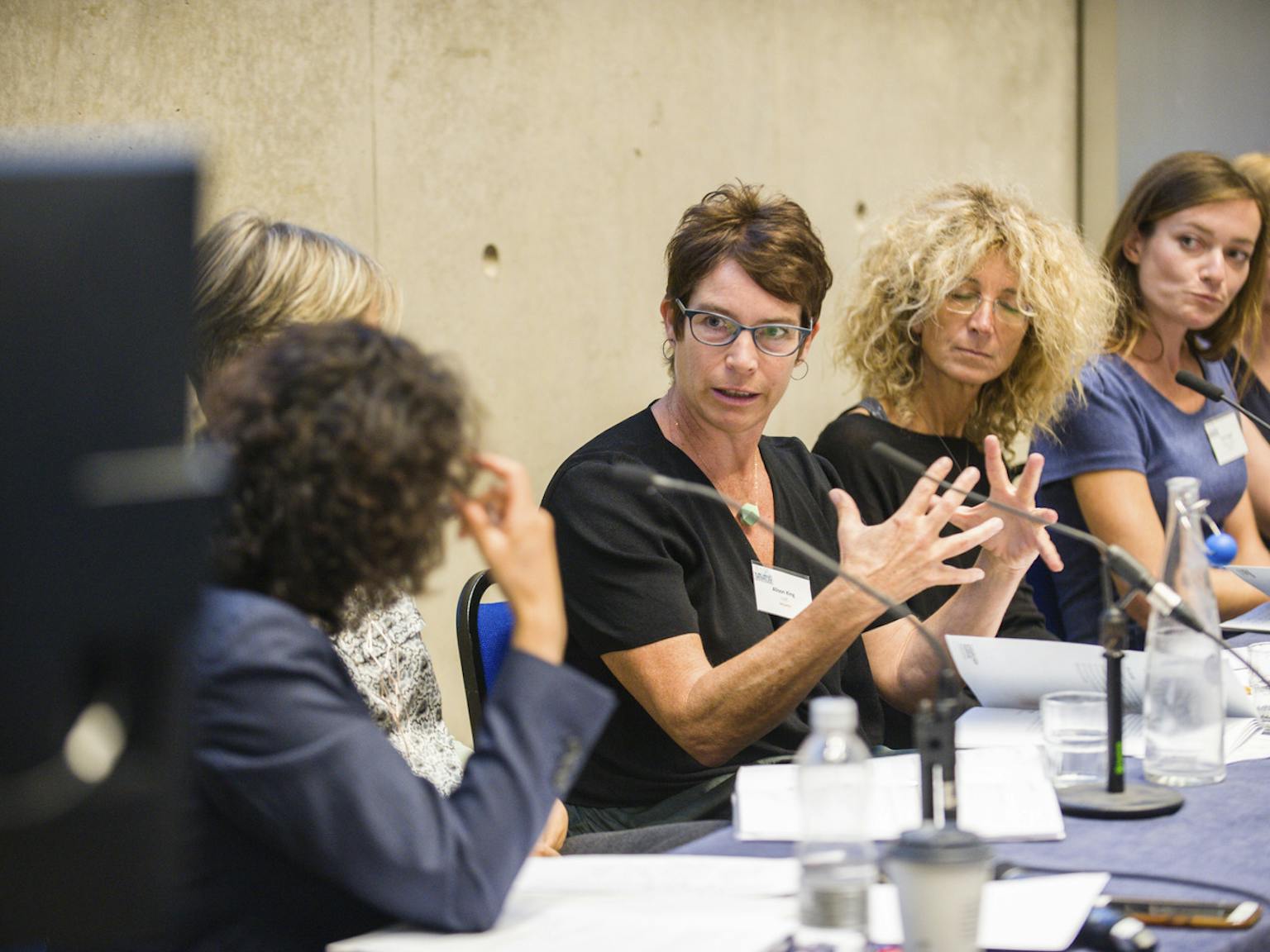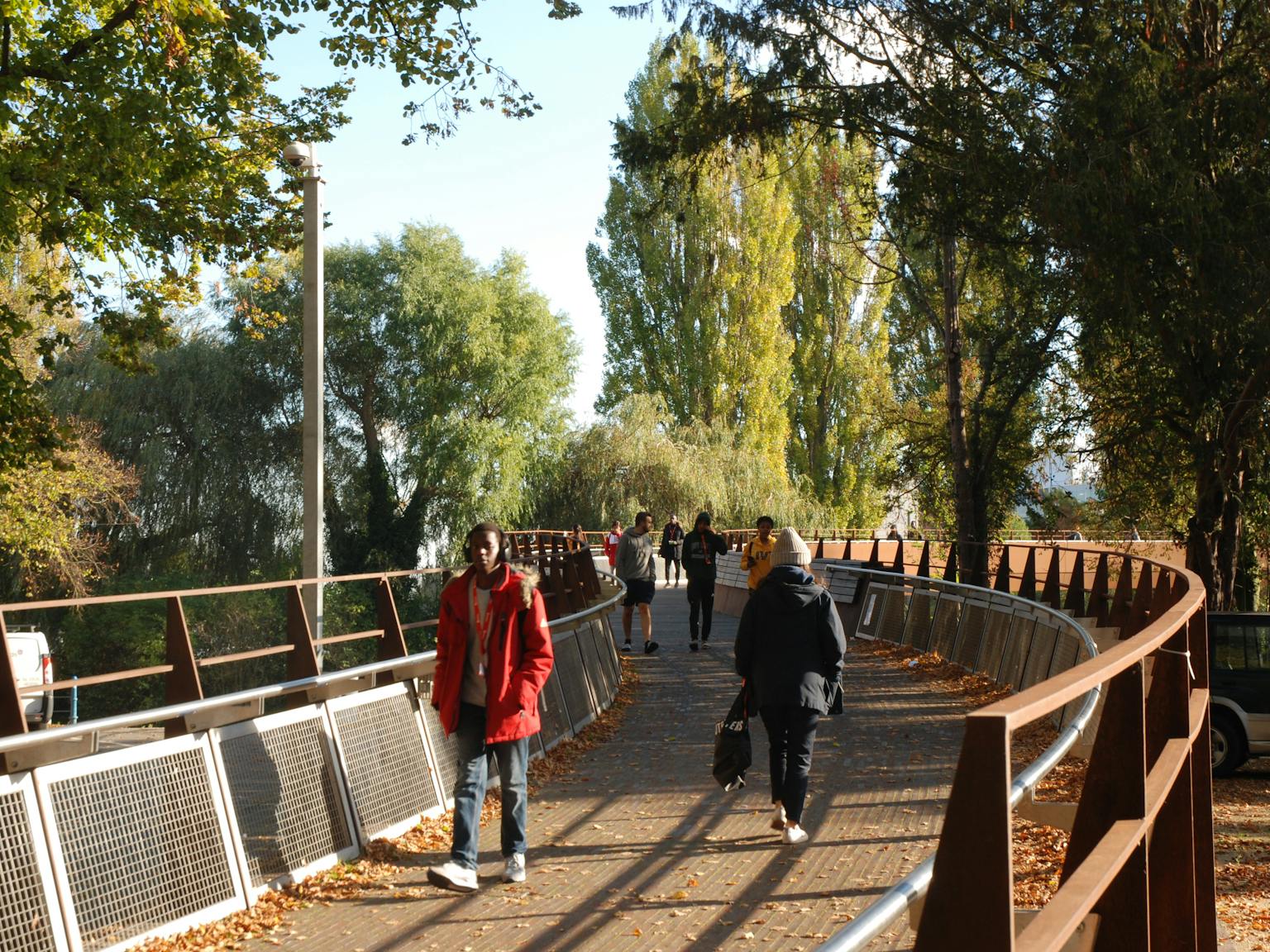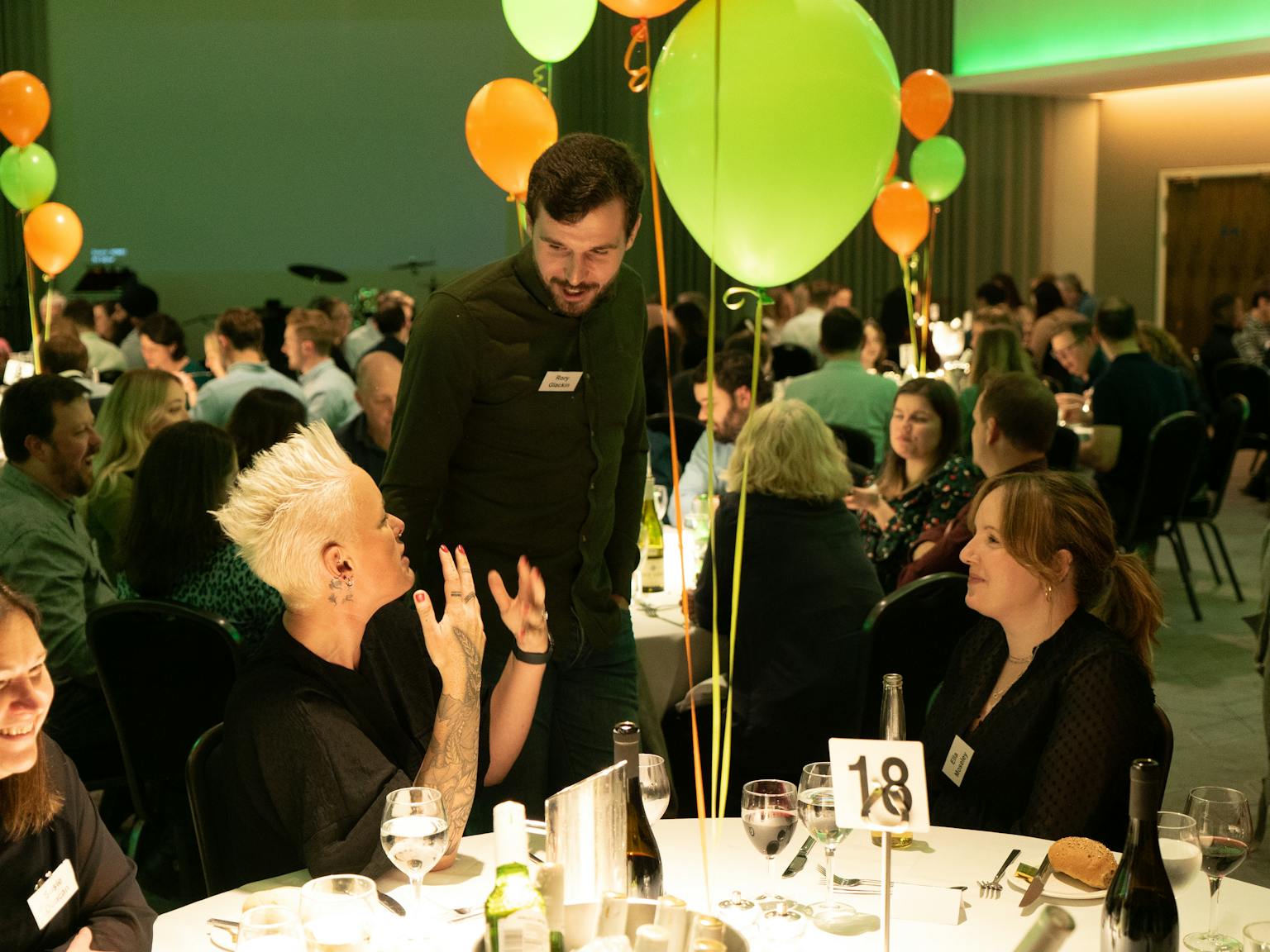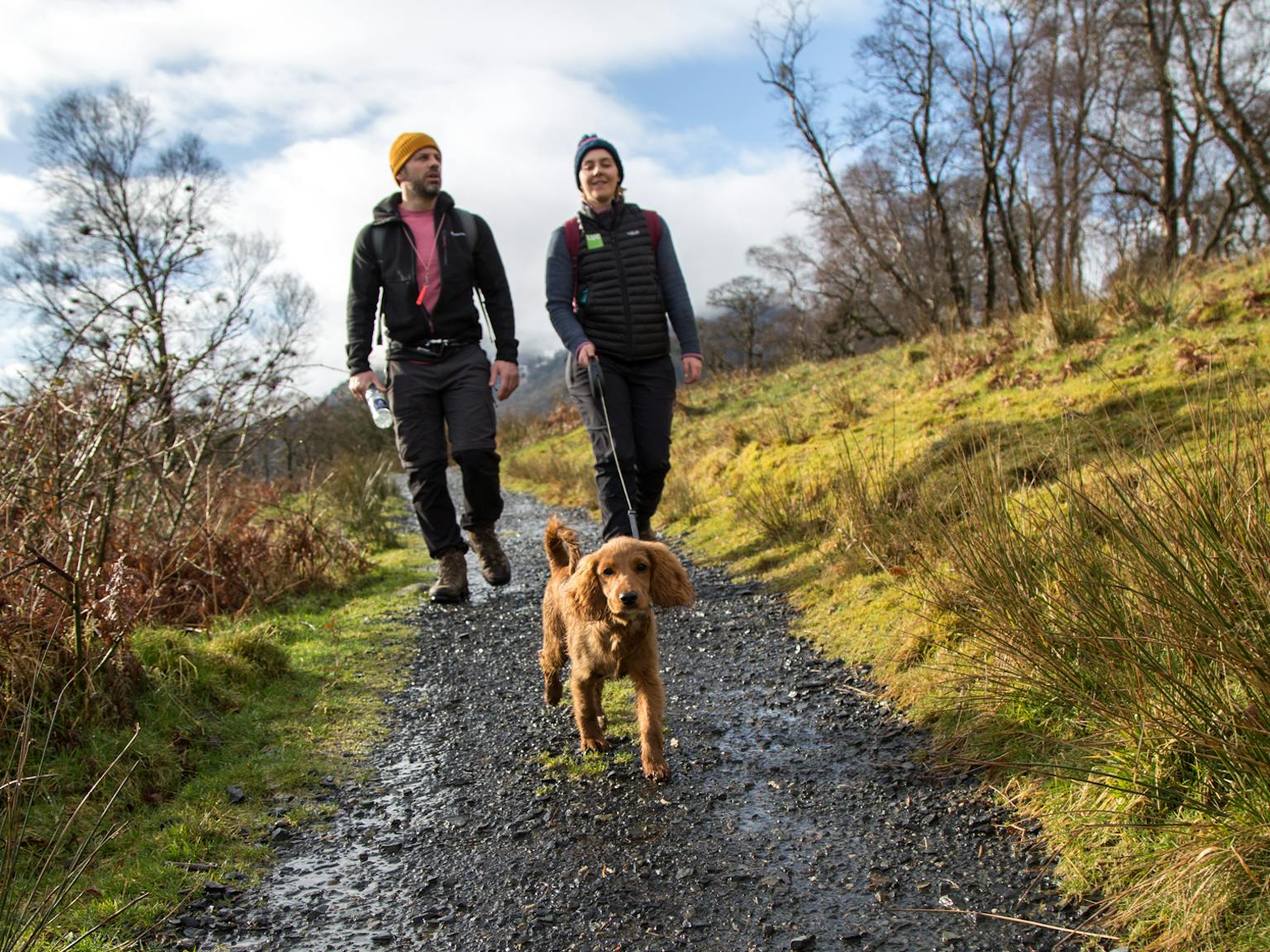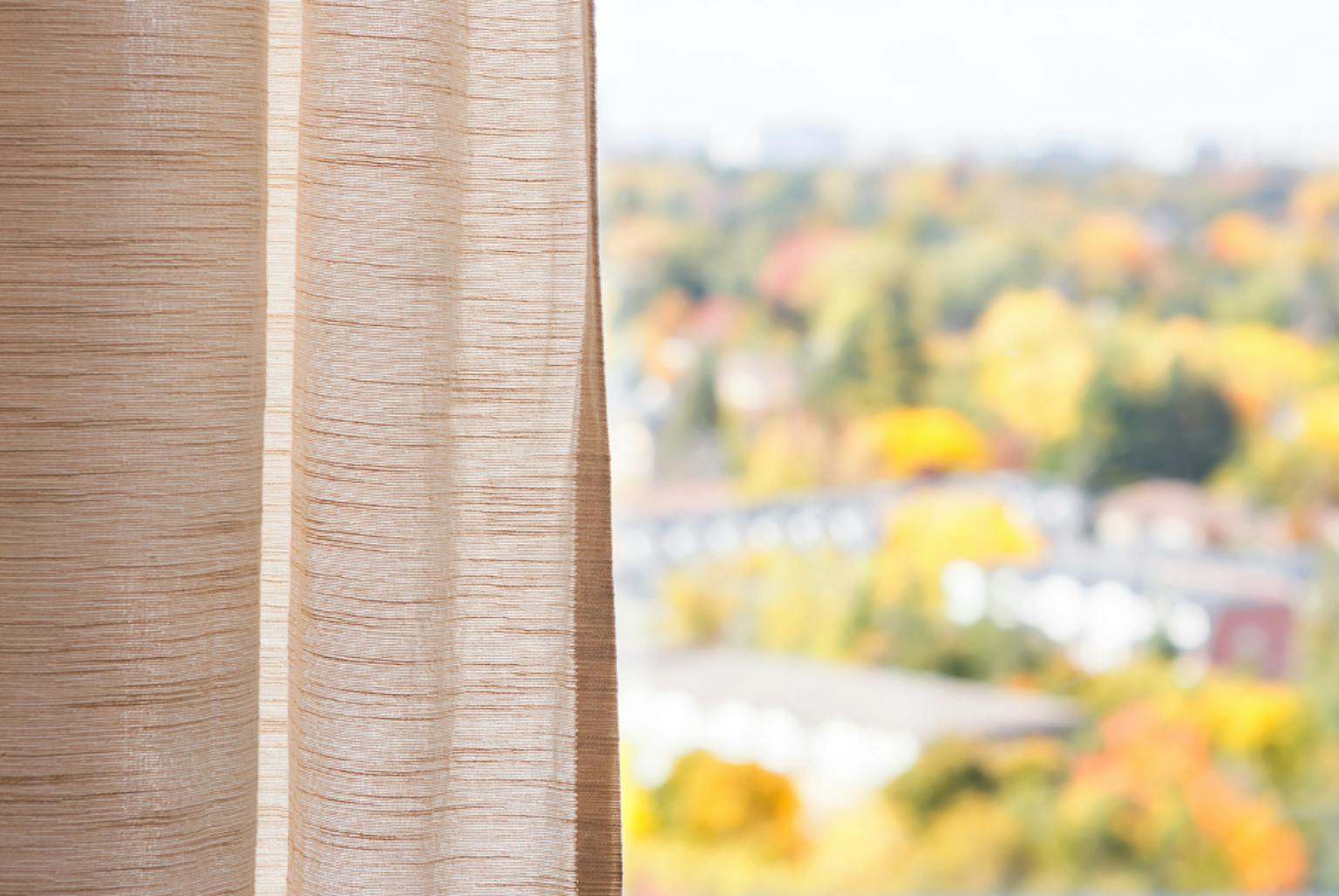
Residential Visual Amenity Assessments
Director of Landscape Planning, Rebecca Knight, explains what Residential Visual Amenity Assessments are and when you might need one.
What is Residential Visual Amenity?
Residential visual amenity refers to the overall quality, experience, and nature of views and outlook available to occupants of residential properties. This includes views from gardens and outside domestic spaces immediately surrounding the house.
What is a Residential Visual Amenity Assessment (RVAA)?
A Residential Visual Amenity Assessment (RVAA) informs decision-makers about how a development proposal may affect views experienced in and around residential properties. Although closely linked, it is separate from a Landscape and Visual Impact Assessment (LVIA), which identifies potentially significant effects on the landscape and visual amenity across a relatively large study area.
Private amenity views
Views from individual properties and their surroundings are a matter of private amenity. It is a long-established principle in English Law, first recorded in 1610, that a landowner cannot protect the view that they have from their land.
Nevertheless, change to views from properties is often a key concern for residents who live close to a proposed development. There may be circumstances in which a change to a view adversely affects living conditions to the extent that it becomes a matter of ‘public interest’ (i.e. relating to the overall welfare of the general public).
When you might need an RVAA
Most RVAAs are prepared in relation to large-scale developments such as onshore wind proposals and electrical transmission infrastructure projects. Although consultees can request an RVAA at any time, our experience is that the topic is best considered as early as possible in the planning process so that it can inform the design of the proposal.
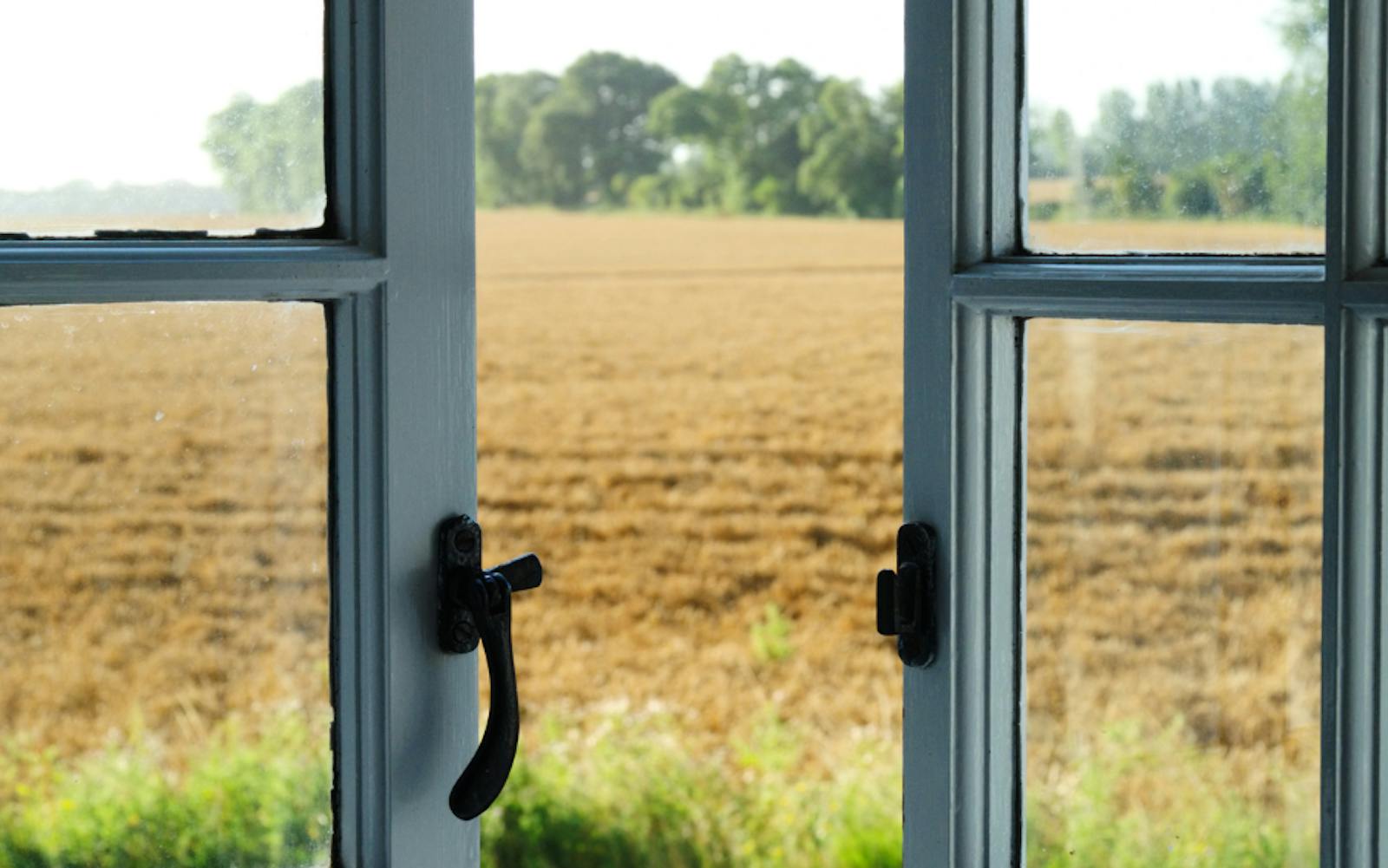
The purpose of RVAAs
An RVAA considers a finer level of detail, using a focused study area and assessing the existing outlook and potential change from individual properties and their surroundings. The purpose is to determine whether a development is likely to result in changes that affect the quality of life or living conditions of the residents, such that their homes would become unattractive places to live.
The RVAA process
The process for undertaking this type of residential visual amenity assessment is set out in the Landscape Institute’s Technical Guidance Note (TGN) 02/2019 Residential Visual Amenity Assessment, which introduces the concept of a Residential Visual Amenity Threshold.
There are no hard and fast rules for determining the point at which the Residential Visual Amenity Threshold will be breached. The Technical Guidance Note suggests considering whether a development would block the only available view from a property, be overwhelming in views in all directions, be ‘unpleasantly encroaching’, or ‘inescapably dominant’ from the property.
The decision of whether a proposal will materially harm living conditions is a planning decision, but it must be informed by objective assessments carried out by suitably qualified professionals, such as Chartered Landscape Architects (CMLI), based on clearly documented evidence.
Evidence includes the type, nature, extent and quality of views that may be available from the property and its domestic curtilage, and how these may be changed by development. For tall developments such as wind turbines, an understanding of scale can be informed by the use of wireline visualisations of the proposed development in the field.
Residential Visual Amenity represents just one component of ‘Residential Amenity’, sometimes referred to as ‘living conditions’. For some types of development, one or more components of residential amenity may be affected, for example, the effects of noise, dust, access to daylight, vibration, and shadow flicker.
Get in touch
If you think an RVAA is required for your project, please get in touch.
